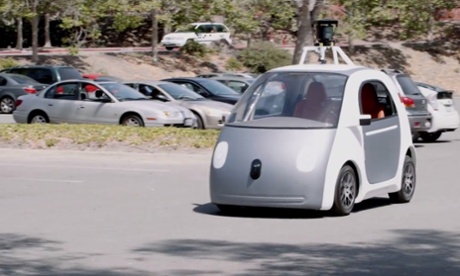There’s a lot of research into the new self driving car phenomenon coming from universities and manufacturers as the technology improves. For example, a new research project out of the University of Michigan Transport Research Institute, or UMTRI, who have looked into the problem of car sickness for the vehicles.
We get car sickness, or motion sickness, from the feeling of unpredictability when in a car as a passenger. The movement of a vehicle without warning or any control from the passenger is what triggers the feelings of nausea. In other words, it’s like being on a boat that moving around in rough seas, like sea sickness, but in a car.
SEE ALSO: Apple Watch already sold out on some colors, Pre-order now
Of course another problem for passengers is the smartphone factor. If you’re taking a boring journey checking out your phone or tablet is sometimes a good way to pass the time. For those who read in the car, you may already know that it’s a big contributing factor to car sickness.
Shown below, UMTRI are undertaking this study in an amazing home-made driving environment – a test area simulating an urban landscape where the cars are tried out. The test area features removable mock buildings, roads, pedestrian crossings and all the other lights, signs and pedestrians the cars would have to face in the real world.

UMTRI discovered that six to ten percent of passengers would experience moderate to heavy motion sickness – although the figures seem low it may mean 6 people out of every hundred or above might feel ill in the vehicles. Of course, nobody wants to have to clean up the mess inside their shiny new automated car, so this figure might seem more worrying than it looks.
SEE ALSO: Amazon to Test Prime Air Drones in USA, Again…
There may be some somewhat bizarre solutions to the motion sickness issue. Proposals include getting passengers to lay flat during transport like human planks, or simply limiting their vision and/or head movement. These both seem quite inconvenient and disorientating ways to ride public transport.
Thankfully another better solution exists. The old trick of looking out of the window to ease car sickness comes in to play, as one suggestion is to improve vision outside the vehicle for passengers – perhaps big plexiglass cockpit windows might work.
Via: Techspot
Via: Mercury News
